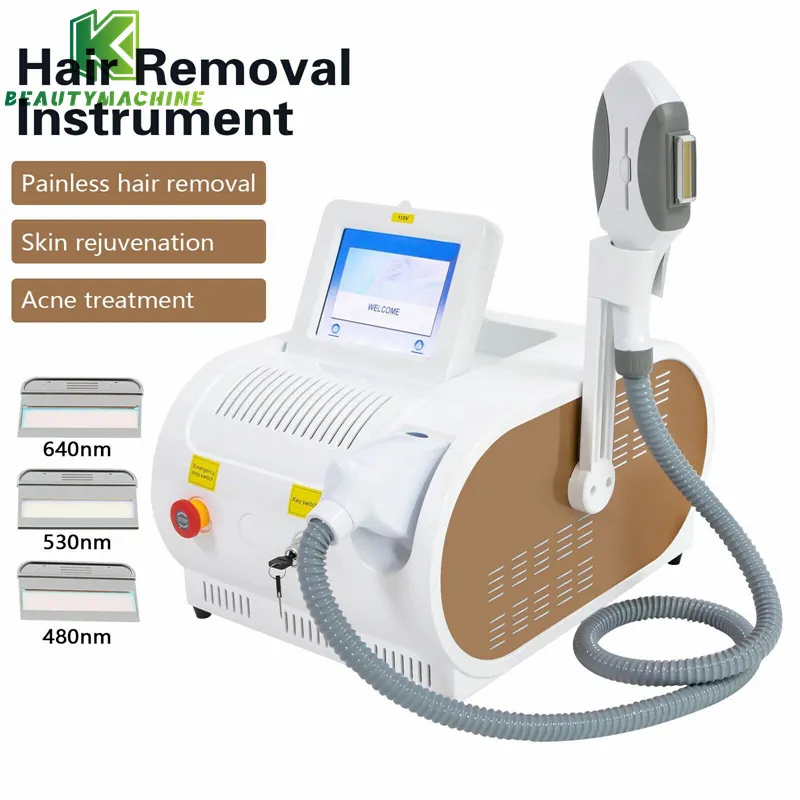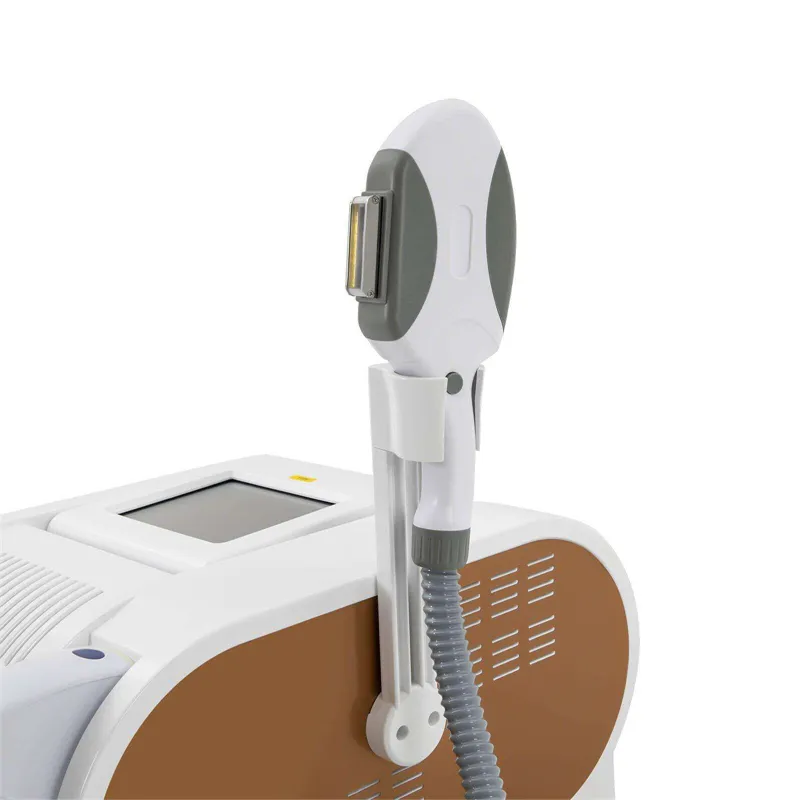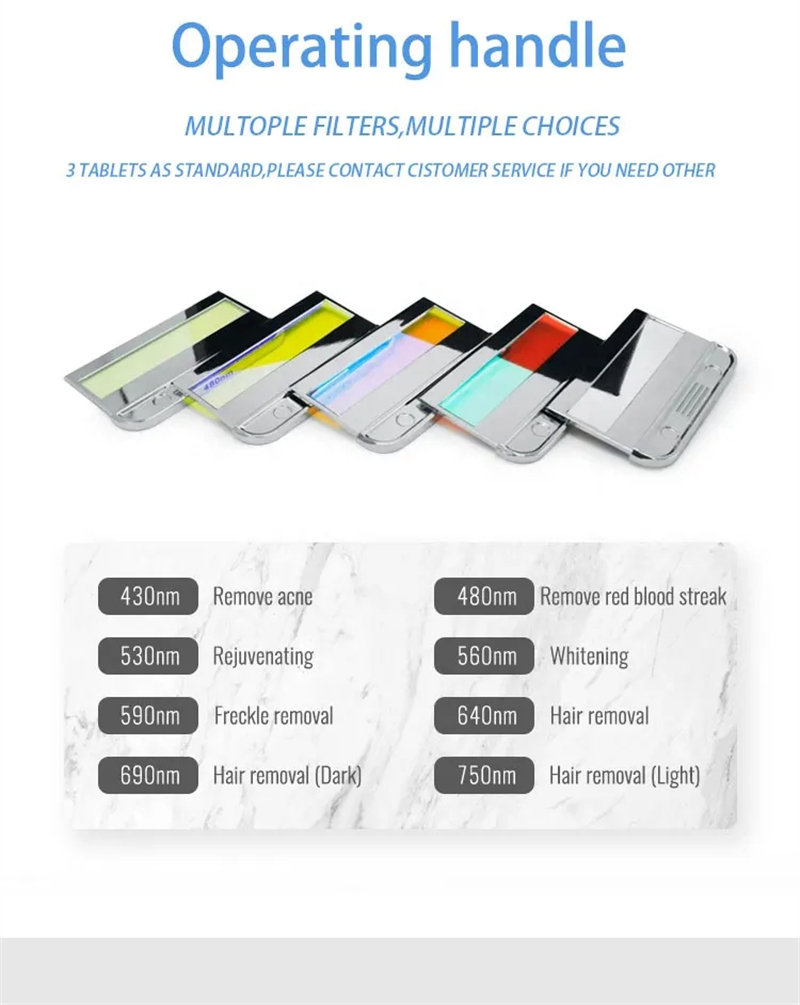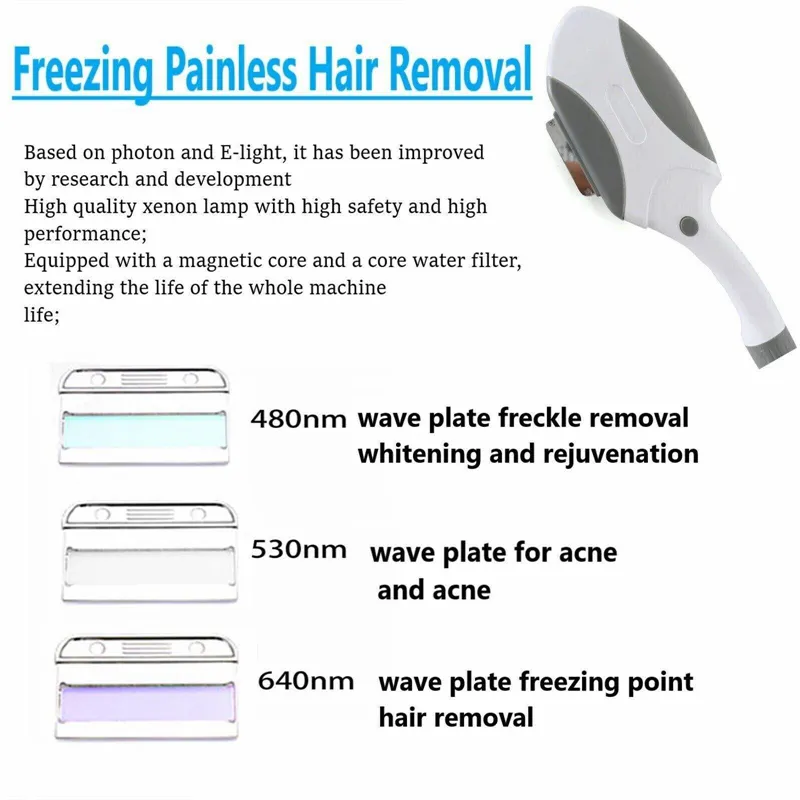
What are the risks of using a laser hair removal machine?
2025-09-18 15:30
Laser hair removal, as an effective and long-lasting hair removal method, has been gaining increasing attention and popularity among consumers in recent years. The laser hair removal machine, the core device for this cosmetic treatment, operates by penetrating the skin with laser light of a specific wavelength, targeting the melanin in hair follicles, thereby destroying the follicles and inhibiting hair growth.
However, as more and more users pursue the goal of "painless and permanent hair removal," the question of whether using a laser hair removal machine carries risks is gaining increasing attention from both the medical community and the public.
This article will focus on the topic of "What are the risks of using a laser hair removal machine?" and comprehensively analyze the potential risk types, their mechanisms, individual impacts, and mitigation measures. This will help the public understand the potential safety issues associated with using a laser hair removal machine in a scientific and rational manner.

How does a laser hair removal machine work?
Before analyzing the risks of using a laser hair removal machine, it is important to first understand its basic operating principles and how it is used.
1. Working Principle Overview
Laser hair removal machines primarily utilize the principle of selective photothermal therapy, namely:
• The device emits laser light of a specific wavelength (such as 755nm, 808nm, or 1064nm);
• The laser energy penetrates the skin's surface and precisely targets the melanin pigment in the hair follicles;
• Melanin absorbs the energy, generating a thermal effect that damages the hair follicle structure;
• The hair follicle's regeneration capacity is suppressed, achieving hair removal.
2. Application Scenarios
Laser hair removal machines are suitable for both professional settings (such as medical aesthetic clinics and dermatology hospitals), and portable, home-use laser hair removal machines are also available. Regardless of the type, the laser hair removal process requires customized parameters based on factors such as skin type, hair color, and hair growth cycle to achieve safe and effective hair removal.

What are the risks of using a laser hair removal machine?
Although laser hair removal is a non-invasive cosmetic procedure, using a laser hair removal machine still carries certain medical aesthetic intervention risks. The following is a classification of the main risks that may arise when using a laser hair removal machine.
1. Skin Burns and Thermal Damage
Mechanism Analysis:
Laser light generates high heat when absorbed by melanin. If the laser dose is set too high, the exposure time is too long, or the frequency of treatment is too frequent, it can easily lead to excessively high epidermal temperatures, causing mild erythema, blisters, or even burns.
High-Risk Factors:
• Dark-skinned individuals: The skin's epidermis contains more melanin, which accumulates more heat.
• Not using a cooling system: The lack of cooling significantly increases the risk of burns.
• Unshaved hair: Residual hair absorbs heat and can easily cause high epidermal temperatures.
Consequences:
• Mild cases include redness, swelling, and a burning sensation.
• Severe cases include peeling, hyperpigmentation, or blisters.
2. Hyperpigmentation and Hypopigmentation
Mechanism Analysis:
Excessive laser energy or repeated exposure can stimulate an overreaction in skin pigment cells (melanocytes), causing hyperpigmentation (localized darkening of the skin) or hypopigmentation (localized whitening of the skin).
Common Areas of Interest:
• Areas with thin skin and preexisting hyperpigmentation, such as the underarms and bikini area;
• Individuals with pigmentary disorders or post-inflammatory hyperpigmentation.
Further Questions:
• While pigmentary issues do not directly affect health, they can be a significant cosmetic side effect, and the recovery period can take months or even longer.
3. Hair Rebound and "Hirsitis"
Phenomenon Description:
After treatment with a laser hair removal machine, some patients report increased hair growth in non-targeted areas, a phenomenon known as "hirsutism" or "rebound hair growth."
Possible Causes:
• The laser is not accurately focused on the target follicles, irritating the surrounding tissue;
• The laser energy is too low, stimulating hair follicle activity instead of effectively destroying them;
• Hormonal imbalances leading to hair removal failure and abnormal hair growth.
4. Skin Allergy and Erythema
Cause Explanation:
During laser hair removal, the skin reacts to the high-energy beam and heat, causing localized erythema, swelling, and stinging, which are particularly common in people with sensitive skin.
Symptom Duration:
Generally, this mild irritation resolves on its own within a few hours to one to two days. However, if symptoms persist for more than 72 hours, improper laser intensity settings or a device problem should be considered.
5. Folliculitis and Secondary Infection
Cause Analysis:
After using a laser hair removal machine to damage hair follicles, the local skin microenvironment is disrupted within a short period of time. If:
• Poor hygiene;
• Failure to moisturize and protect the skin immediately after use;
• Scratching or contact with contaminants;
This can lead to follicle inflammation or bacterial infection, resulting in redness, swelling, pustules, and even scabs.

Risks of Using a Laser Hair Removal Machine: Individual Differences
The risks of using a laser hair removal machine are not fixed; their probability and severity are significantly affected by individual factors.
1. Skin Color Factors
Dark skin, due to its higher concentration of melanin, absorbs laser energy more easily. Therefore, at the same energy setting, the risk of burns and discoloration is significantly higher than for lighter skin.
2. Hair Color and Density
Laser hair removal machines are more sensitive to dark hair. If hair is too light (such as blonde or white) or too fine (such as sweat hair), the laser energy cannot be concentrated in the follicle, which can lead to hair removal failure and repeated skin irritation.
3. Underlying Skin Condition
Those with dry, sensitive skin, inflammation, a history of allergies, or recent cosmetic treatments (such as acid peels or photorejuvenation) may experience a weakened skin barrier when using a laser hair removal machine, making them more susceptible to complications.
Risk Comparison Between Professional and Home Use of Laser Hair Removal Machines
Laser hair removal machines are categorized as medical-grade and home-use. These devices differ significantly in terms of power, wavelength, cooling system, and other factors, resulting in different risk profiles.
Comparison Items | Professional laser hair removal machine | Home laser hair removal machine |
| Power Intensity | High energy output (up to 50-100 J/cm²) | Low (typically less than 20 J/cm²) |
| Risk Control Technology | Water/semiconductor cooling, high precision operation | Simplified design, weak or no cooling function |
| Operator | A professional dermatologist or aesthetic technician | User-adjustable parameters |
| Probability of Risk Occurrence | Relatively low (monitored) | Relatively high (high probability of operator error) |
| Risk Type | The risk of thermal damage, pigmentation, erythema, etc. | Local stinging, burning, and ineffective stimulation |
The conclusion is that, under standardized operation, the safety of laser hair removal machines used in professional settings is significantly superior to that of home use.

Laser Hair Removal Machine: Key Risk Mitigation Measures
To minimize the risk of adverse reactions during laser hair removal machine use, the following scientific precautions are recommended:
1. Skin Assessment and Test Exposure
Before using a laser hair removal machine for the first time, a skin assessment should be performed to assess skin tone, hair type, and sensitivity. A small test exposure should also be performed to observe skin reactions.
2. Proper Laser Energy Settings
Laser energy should be adjusted based on the area (e.g., face, underarms, legs), skin tone, and hair thickness to avoid excessive irritation caused by blindly pursuing high energy.
3. Pre- and Post-Operation Care
• Before hair removal: Clean and shave the area to be removed.
• After hair removal: Soothe the skin with ice compresses or moisturizing gels. Avoid irritating skin with hot water, sunlight, or cosmetics.
4. Controlling Intervals and Treatment Frequency
Laser hair removal should follow the hair growth cycle (usually every 4-6 weeks). Using a laser hair removal machine too frequently is not only ineffective but may also burden the skin and increase the risk of pigmentation disorders.
Rational use of laser hair removal machines can effectively mitigate risks
While using laser hair removal machines does carry certain risks, most are controllable, reversible, and preventable. The key lies not in whether the technology itself is "right or wrong," but in whether the use process is scientific, reasonable, and standardized.
In summary, the main risks of using a laser hair removal machine include:
• Thermal damage to the skin;
• Pigmentation abnormalities;
• Redness, swelling, and irritation;
• Hair rebound or abnormal growth;
• Folliculitis and infection.
By properly assessing skin condition, selecting the appropriate device, setting parameters as needed, and maintaining proper care, the vast majority of users can enjoy the cosmetic benefits of laser hair removal while minimizing the risks.
Can KuoHai handle private-label production for online stores?
Yes, KuoHai offers OEM private-label services for online retailers who want to sell exclusive beauty products and home appliances. We provide logo printing, packaging customization, and product design changes at affordable prices. Buying directly from our China factory allows you to keep costs low while ensuring high-quality standards. Bulk purchasing also comes with discounts, promotions, and fast production support.
Get the latest price? We'll respond as soon as possible(within 12 hours)
















